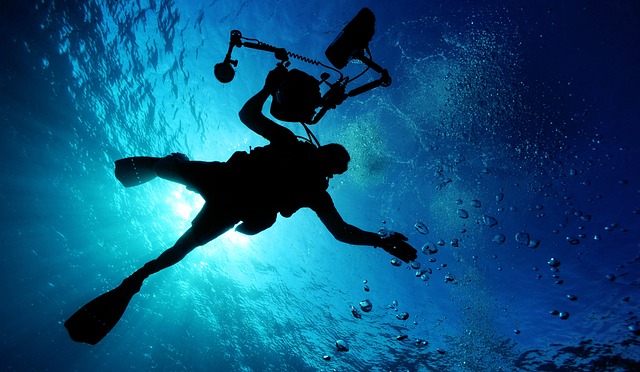Article Title:Early Holocene fishing strategies on the California coast: Evidence from CA-SBA-2057
Abstract:
Limited excavations at CA-SBA-2057, and 8300-year-old shell midden located on the Santa Barbara coast, yielded over 3000 fish bones. Fish remains from this buried, single component site indicate that the occupants fished primarily in the sandy, calm water environments of a nearby bay or estuary. The assemblage is dominated by clupeids (sardine or herring), small elasmobranchs, and surfperch, suggesting that nett fishing was important, a nd occurred primarily during late spring and summer. Although fish were probably a supplemental food resource. Early Holocene peoples of the Santa Barbara Channel clearly had the ability to capture a diverse array of marine fish using a variety of techniques. The focus on small fish, shellfish, and seed--long before population pressures and intensification became significant issues--raises questions about aspects of recent intensification models that assume large animals are always optimal subsistence choices.
Keywords: maritime adaptations; early Holocene; California; faunal remains; fishing
DOI: 10.1006/jasc.1999.0493
Source:JOURNAL OF ARCHAEOLOGICAL SCIENCE
Welcome to correct the error, please contact email: humanisticspider@gmail.com



